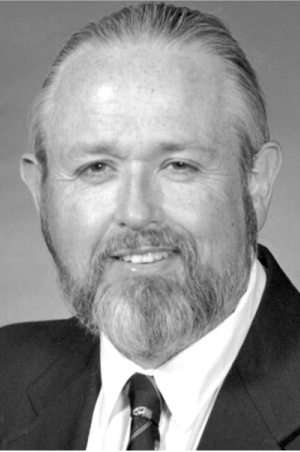Childs Is AVS President-Elect
DOI: 10.1063/1.1554141
This month, Robert Childs, vacuum engineer and technical supervisor of the Alcator vacuum laboratory in MIT’s Plasma Science and Fusion Center, begins his term as president-elect of AVS: The Science & Technology Society. He succeeds Dawn A. Bonnell and will become president of the society in 2004.
“I am looking forward to continuing my 20-plus years of service to the AVS,” said Childs, “and would like the society to continue its efforts to bring back the involvement of the equipment manufacturers to help shape the future of the AVS. They were the ones that helped start the society almost 50 years ago and need to be better represented in the successes we, as a very diverse society, are enjoying today.”
Childs served in the US Air Force before joining MIT, where he has spent the past 33 years. Starting with work as an electronic technician in what is now known as the Draper Laboratory at MIT, he quickly transferred to the university’s Center for Space Research, where he worked on an experiment that was carried out during the Apollo 17 mission to the Moon. When a new project started up at MIT’s Francis Bitter Magnet Lab, he began his career in vacuum technology by working on the highly successful series of tokamak fusion reactors called Alcator. In 1981, he was promoted to technical supervisor of the Alcator vacuum lab.
In other AVS election results, Joseph Greene (University of Illinois at Urbana-Champaign) has retained his office as clerk and John Coburn (University of California, Berkeley) was reelected as treasurer. The three new members of the AVS board of directors are Chris Palmstrøm (University of Minnesota, Twin Cities), John Russell Jr (Naval Research Laboratory in Washington, DC), and Jan-Eric Sundgren (Chalmers University of Technology in Göteborg, Sweden). Elected as trustees of AVS are Charles Duke (Xerox Research and Technology in Webster, New York) and Roger Stock-bauer (Louisiana State University at Baton Rouge).


